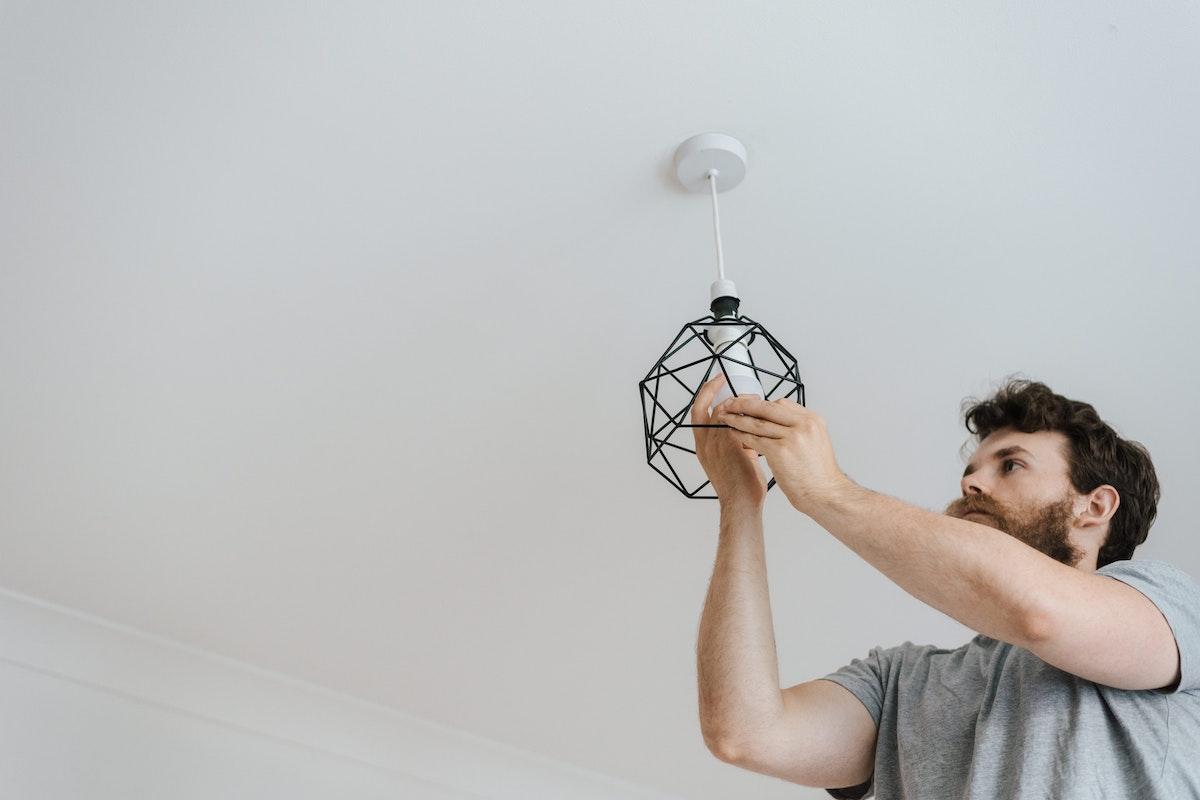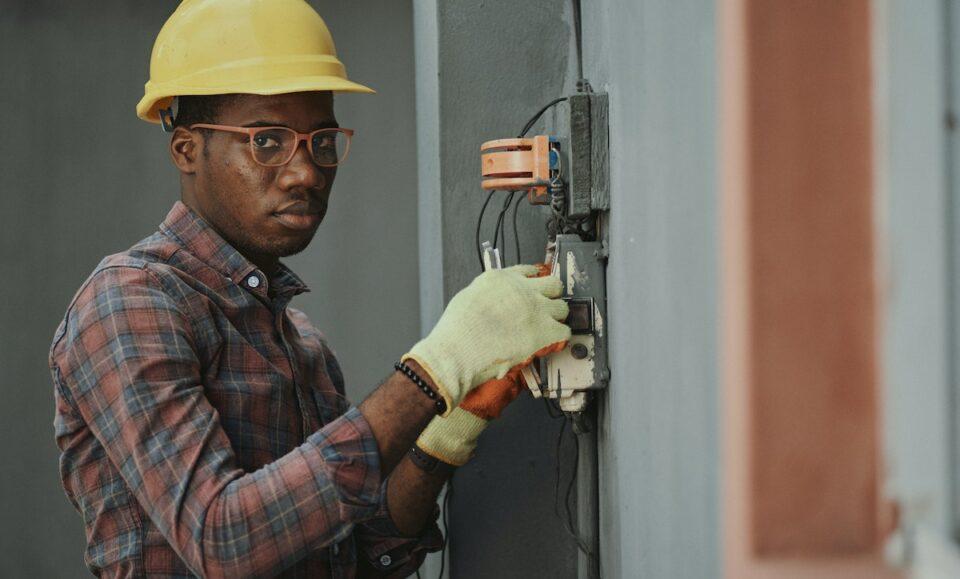When it comes to enhancing the aesthetics and functionality of your home, light fixture installation plays a pivotal role. Not just limited to illumination, the right light fixture adds a touch of elegance, highlights your home’s architectural features, and sets the mood of your space. As a common home service, light fixture installation involves a blend of technical understanding and artistic flair.
A Closer Look at Light Fixtures: Types, Styles, and Appropriate Selection
Diving deeper into the world of light fixtures, we encounter a broad spectrum of types, each offering unique stylistic elements and purposes. From dramatic chandeliers that add a dash of grandeur to your dining room, sleek pendants that illuminate your kitchen counter, to subtle wall sconces that light up your hallway, each fixture serves a distinct purpose.
The selection of the right fixture extends beyond style, encapsulating factors like room size, fixture size, existing decor, and intended purpose. For instance, energy-efficient LED recessed lights are great for a modern kitchen, while a vintage-style pendant could accentuate a rustic-themed living room. Your choice also significantly impacts your home’s energy efficiency. Therefore, a thoughtful selection process is instrumental in merging aesthetics with practicality.
Pre-installation Considerations: Safety Protocols, Legal Requirements, and Tools Needed
As you prepare for the installation process, safety should be your prime concern. Always remember to turn off the electricity at the circuit breaker before you begin. Wearing rubber gloves can offer additional protection against any residual current.
In some regions, there might be legal codes dictating light fixture installation. For instance, bathroom lighting may have specific requirements to prevent electrical mishaps. Therefore, familiarize yourself with local regulations to ensure your installation is up to code.
Coming to the tools, most light fixture installations require a set of common tools, including a ladder, wire stripper, circuit tester, and screwdriver. A pair of pliers and wire connectors also come in handy.
Detailed Guide: Step-by-step Process of Installing a Light Fixture
The process of installing a light fixture involves a series of careful steps.
Removing the Old Fixture involves loosening and removing screws that hold the fixture, disconnecting the wires, and safely setting the old fixture aside. Remember, safety comes first – ensure the power is off before you start.
Next comes Wiring the New Fixture. Here, you connect the wires from your new fixture to the existing wiring in your home. In most cases, the black (or red) wire is “hot,” the white wire is “neutral,” and the green (or bare) wire is the ground. Always ensure to pair like colors together. After you’ve connected the wires using wire connectors, secure the fixture base to the ceiling box.
Finally, you Secure the Fixture and Install the Light Bulbs. Attach the fixture according to its design. It could involve attaching a glass shade, light bulb cage, or other decorative elements. Once the fixture is securely mounted, you can install the light bulbs and restore the power to test your newly installed fixture.

Addressing Common Installation Issues and Solutions
Despite careful planning and execution, you may run into a few common issues during installation. For instance, the wires from the new fixture might not match the color of your home’s existing wires. In such cases, it’s typically safe to connect white to white and all other colors to black or red. However, if you’re unsure, always consult an electrician or a trustworthy guide.
Another common issue is the lack of fixture support for heavier items. Here, you might need to install an extra brace in the ceiling cavity to support the weight.
If your new light fixture flickers or doesn’t turn on, double-check your wiring connections. Loose wires or incorrectly connected wires are often the culprits.
Post-Installation Care: Regular Maintenance, Cleaning and When to Consider Replacement
Now that your new light fixture is up and shining, maintaining it will extend its lifespan and keep it looking its best. Regularly dust and clean your fixtures according to the manufacturer’s instructions, and replace light bulbs as necessary.
Additionally, periodic checks for any signs of wear or damage, such as frayed wires or loose connections, can help prevent bigger issues down the line. While light fixtures don’t have an expiration date, changes in technology, decor trends, or just your personal preference might prompt a replacement.
Evaluating When It’s Time to Call an Expert
While DIY light fixture installation can be a satisfying project, there are times when calling a professional is a safer and more efficient choice. Complex installations, such as large chandeliers, fixtures in high or hard-to-reach places, or installations that require additional electrical wiring, are often best left to professionals.
When choosing a professional, look for licensed and insured electricians with good reviews and reasonable rates. Remember, your safety and the quality of the installation are worth the investment.
Reflecting on the Importance and Process of Light Fixture Installation
Installing a light fixture is more than a home improvement project; it’s a way to personalize and enhance your space. As we’ve seen, the process involves careful selection, safe installation, troubleshooting, maintenance, and knowing when to call a professional. With this guide, you’re equipped to illuminate your home with fixtures that not only light up spaces but also reflect your style and personality.

